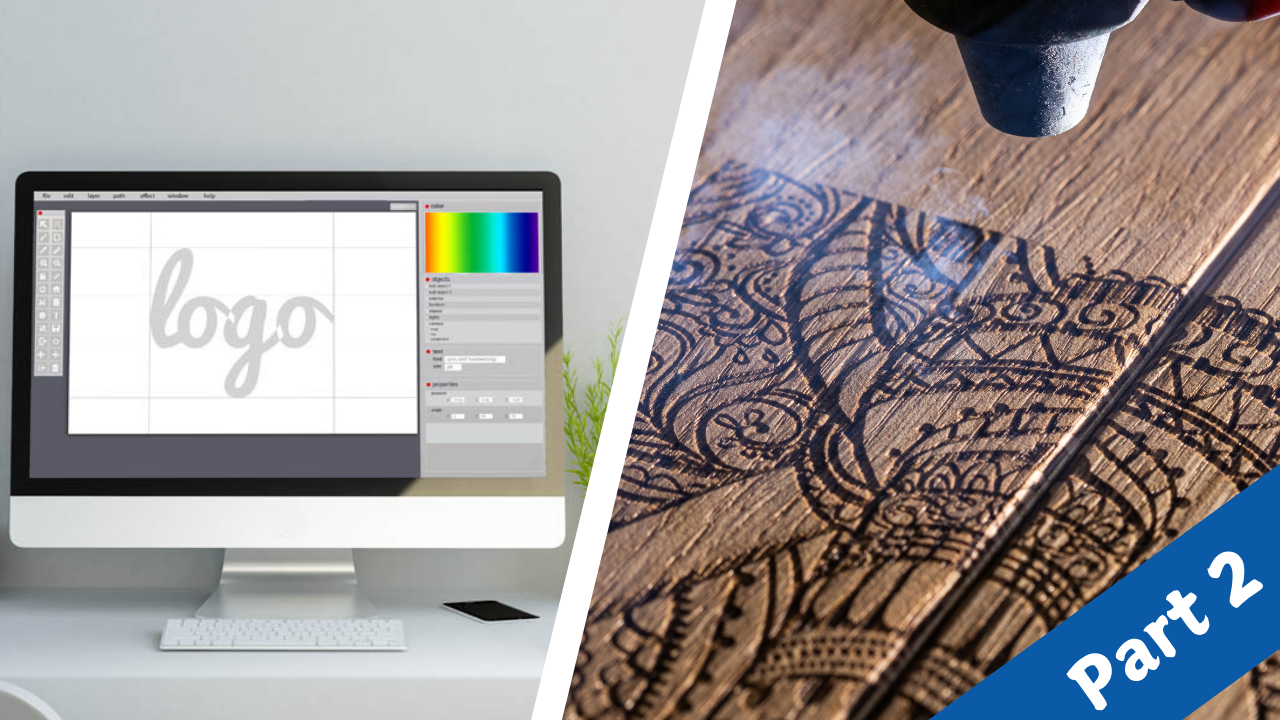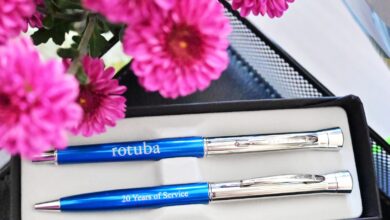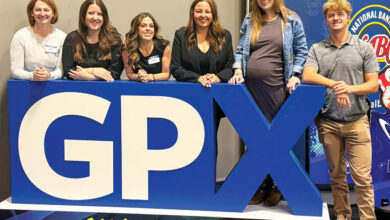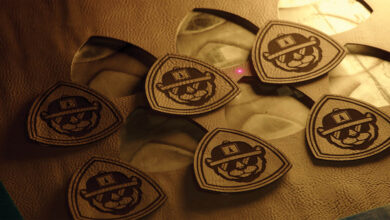As an engraving services provider, it’s essential to have some form of graphic design software. The software you choose can range in various types and price points. In this article, I’ll discuss some of the challenges — and benefits — each can present.
Commercial software
I have to say at this point that I have only ever used commercial software for my business. I’m going to discuss commercial software in general terms so as not to specifically assign any advantage or disadvantage to any particular software developer.
Pros
- Designer/software integration: You will generally have superior flexibility to create your own designs in greater comfort since you will have control over the options. These processes allow you to work on your project in whatever way is most comfortable while maintaining complete control over all the available options a particular design might require.
- Multiple screen capability: It is not unusual to find yourself needing access to several different graphics for one job. If you can use the various graphics “as is,” you’ll generally be able to stitch the various graphics together on one screen. If you need to edit or trace a graphic, I find it easier to use a different screen for each graphic I’m editing — just to avoid overcrowding one screen and eliminate any possible confusion.
- Create a graphic to scale: If you are working on a particularly complex piece or a larger piece with individual components that need to be combined, it’s an advantage to be able to draw the individual parts as large as you want and then scale down both the individual graphics to the same proportion as the other, then scale the finished graphic down to the required size.
- Different computer OS: To a greater or lesser extent, commercial software will work on the more common desktop and laptop operating systems, but typically not on mobile systems. Some packages will work seamlessly with either Windows or Mac; some will struggle on Mac machines. In general, commercial packages will work well with older computers with the help of “legacy” software.
- Creates print graphics & web graphics: Admittedly, some of the commercial packages create huge files that become awkward to work with and transfer, while others produce more compact files. Even if you are left with an enormous file, you can convert the file to something like a JPEG, for example, so you can transfer or send a file more easily. You’ll also be able to combine your designs with other graphic formats. Commercial software results in designs of professional quality and can produce virtually “camera-ready” artwork, suitable for high-quality engraving and designs that will look good for putting on the web if desired.
- Features & flexibility: Commercial software offers much more flexibility than open-source, and offers more advanced features including text and color management. This enables you to produce, use color management, and take advantage of text tools, which makes it ideal for creating professional-quality graphics. Beyond engraving and cutting, I’ve also used my software for laying out things like garden projects to scale so I can estimate material requirements more accurately!
Cons
- Cost: There’s no way to get around this. Commercial software isn’t just “pay to play.” It’s rather expensive “pay to play.” Although a couple of packages are less expensive, most require either an outright purchase or a monthly subscription. The subscription may be more manageable, but both the subscription fees over the course of a year and the purchase price are expensive.
- Space: Something else you can’t avoid. These packages are technically sophisticated and are described by many as being “memory hogs.” Your computer will require significant space and memory to run adequately — never mind well. As developers bring out more and more updates and upgrades, space requirements increase. I’d like to interject a personal comment here — in their efforts to keep pace with each other, or to keep ahead of the competition, many of the upgrades are simply unnecessary. As engravers, while we do require sophisticated tools, there are huge pieces of the commercial packages we simply don’t need.
- Steep learning curve: Starting off with a commercial product can be simple for novices. However, as you expand your business and get into more sophisticated jobs requiring more complicated graphics, the learning curve suddenly gets steep. Even though these products can appear to be somewhat intuitive, the less-experienced user will have to take whatever time they feel necessary to become comfortable and, dare I say it, more competent. It may take several months of consistent use to reach this point, which brings me to the next “con.”
- Patience: Creating something whimsical that doesn’t need any kind of realism is pretty easy. Producing a precise and complicated graphic, though, is going to take time — a lot of time in the early days. Working with your machine’s control functions to get the best result from your graphic takes time too. Many machines come with an installed library of materials and suggested settings. When I first started off, I stuck rigidly to those settings and things worked out well. As I got more experienced (and adventurous), I realized many of the suggested settings were pretty far off. This requires its own learning curve, and will inevitably lead to material wastage, so additional patience is a necessity.
- A downside of increasingly sophisticated software is that it may take a long time to load, and some of these packages are prone to freezes and crashes. It is necessary to save your work frequently so you don’t lose a couple of hours of hard work in the event of a lockup or freeze. Speaking as someone not blessed with a great deal of patience naturally, this was perhaps the hardest thing I had to learn.
- Raster graphics: A couple of the most popular packages are great design products with stupendous design tools. That being said, they weren’t necessarily developed with running laser engravers in mind. Working with the vector graphics you produce will generally work out fine with raster engraving, but if you’re using a bitmap graphic (which is essentially a bunch of pixels) you will have to work hard with the various tools in your toolboxes to get close a desirable result.
Laser engravers and cutters have exponentially changed the design and production of everything from novelties to high-tech manufacturing. Like any tool, though, there are jobs for which laser engravers and cutters are ideally suited. Likewise, there are jobs for which laser engravers and cutters are absolutely not suited. Similarly, there are a host of different machines on the market, offering different options and more sophisticated tools. As with any purchase, a potential user must be very careful to match applications, business opportunities, hardware, and software to meet their needs.




